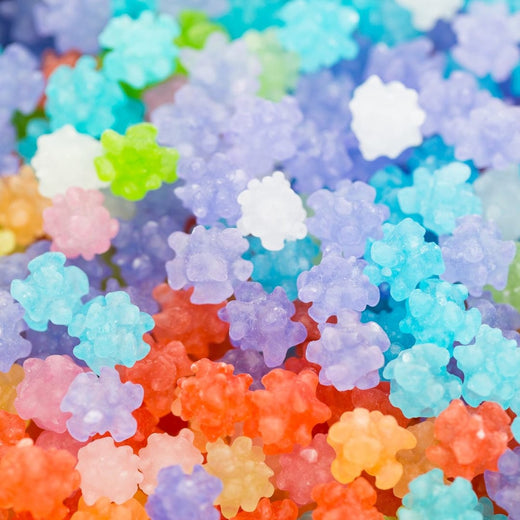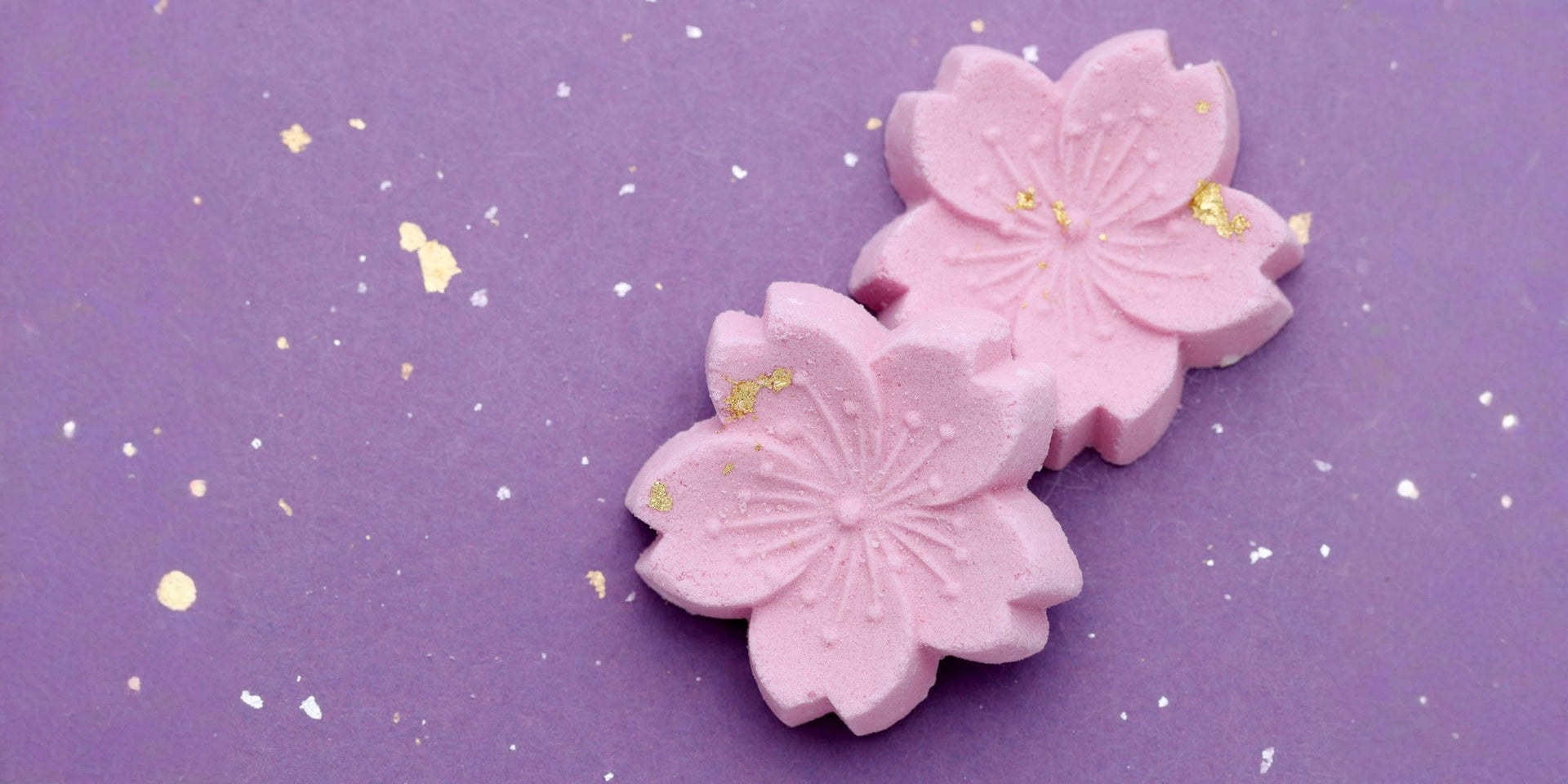
Traditional Japanese Sweets
Japan has a rich variety of traditional sweets, many of which have been enjoyed for centuries. These confections are deeply connected to the seasons and are often served during tea ceremonies, celebrations, and as everyday treats. Here are some classic examples
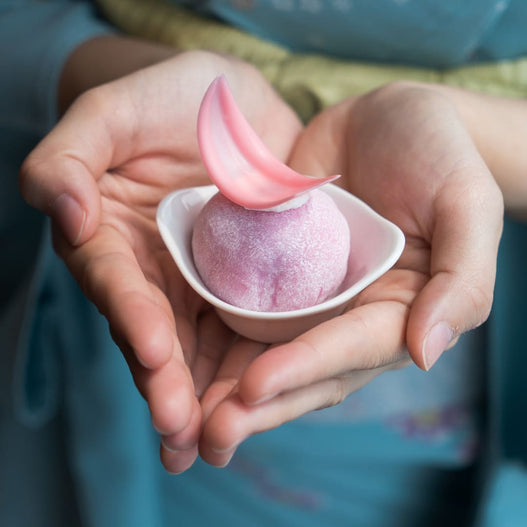
Pressed Sugar Sweets
Rakugan
Rakugan is a delicate dry confection made by mixing rice flour and sugar, then pressing it into intricate shapes such as flowers, birds, or fans. It is often served at tea ceremonies and Buddhist rituals. With its melt-in-the-mouth texture and refined sweetness, especially when made with wasanbon sugar, rakugan is a symbol of elegance in Japanese sweets.
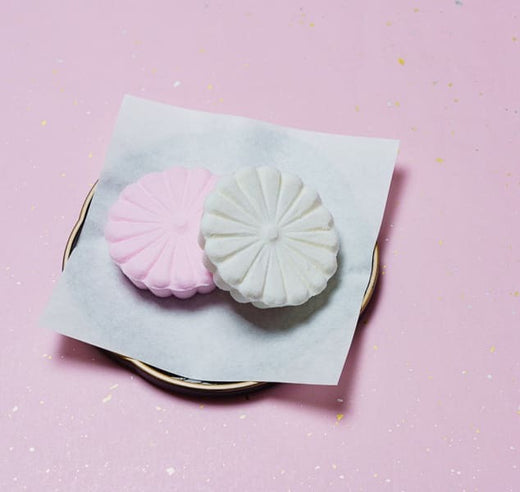
Rice Dumplings on a Stick
Dango
Dango is a beloved Japanese snack made from glutinous rice or rice flour, shaped into small round dumplings. They are often skewered and served with a variety of toppings such as sweet soy glaze (mitarashi dango), red bean paste (an dango), or mixed with yomogi (mugwort) for a fresh, herbal flavor. The chewy texture and slightly charred aroma of grilled dango make it an irresistible treat.
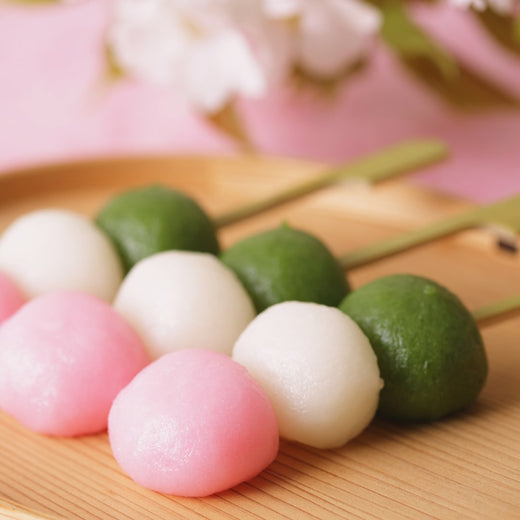
Konpeitō
Konpeitō is a traditional Japanese sugar candy known for its small, star-like shape. It was introduced to Japan by the Portuguese in the 16th century and has since developed into a uniquely Japanese confection. The candy’s distinctive bumpy shape is created through a slow crystallization process, where layers of sugar syrup are gradually built up over time. With its bright colors and charming appearance, konpeitō is often used for celebrations and as a gift. Despite its simplicity, it offers a delicate sweetness that pairs well with tea.
